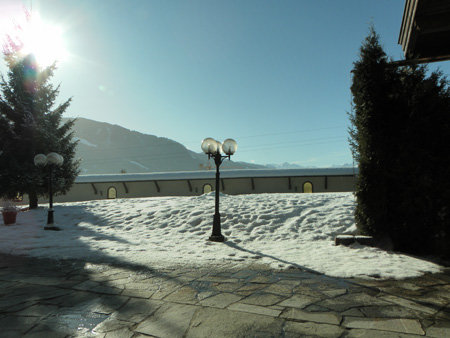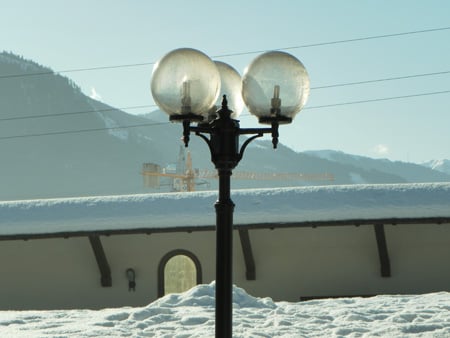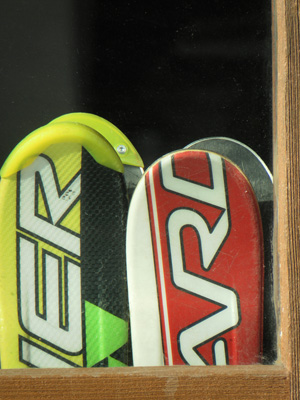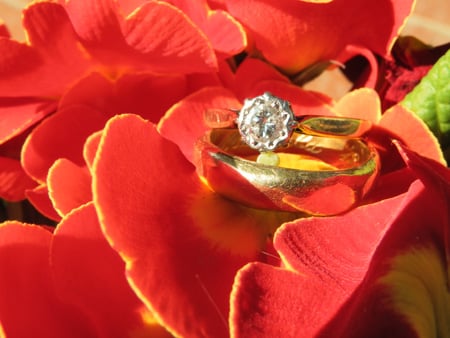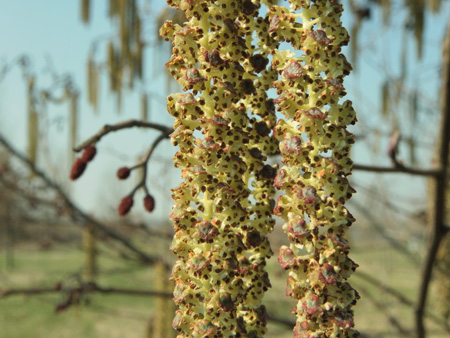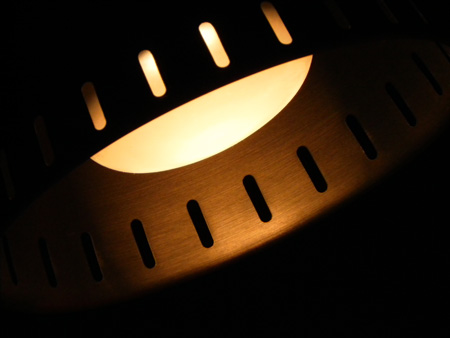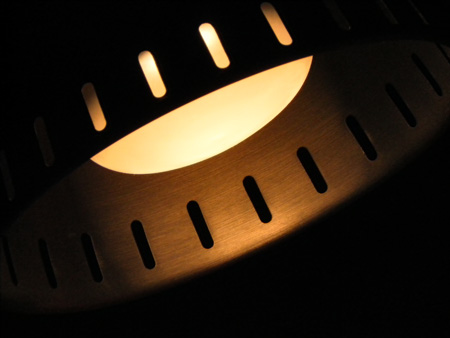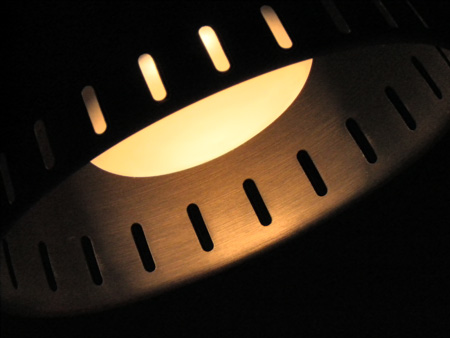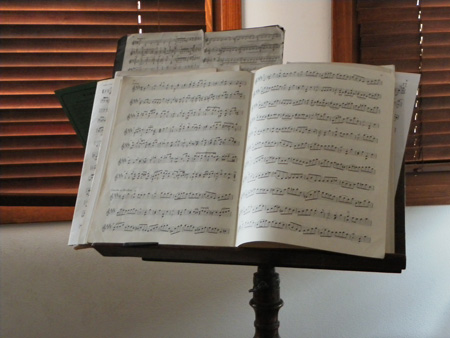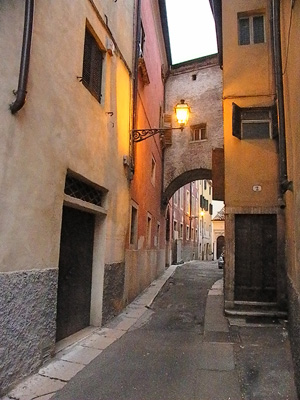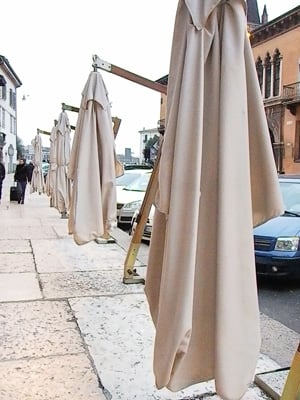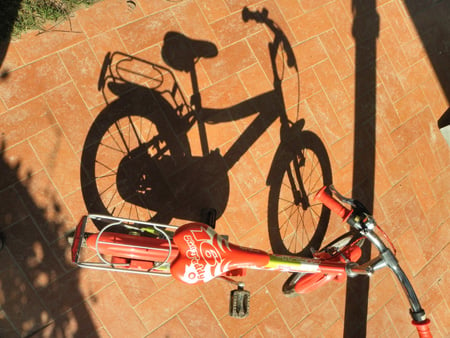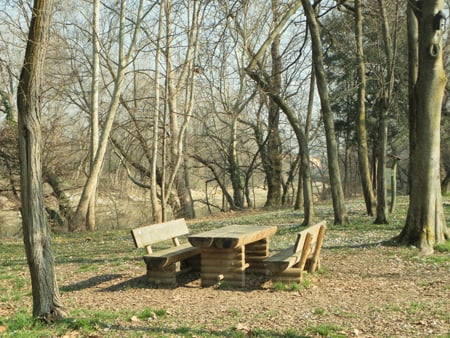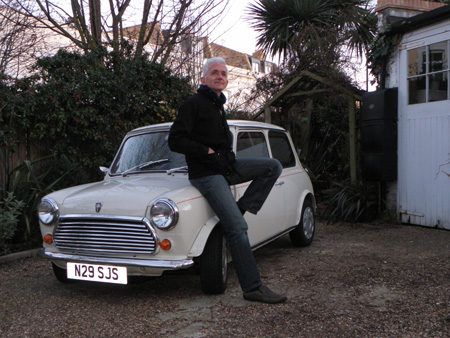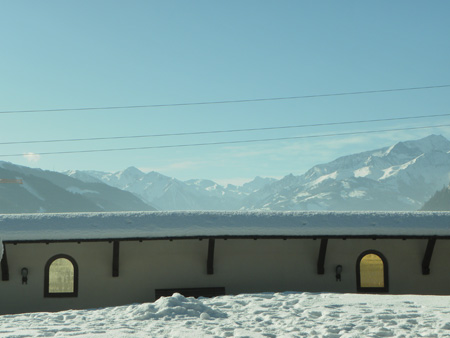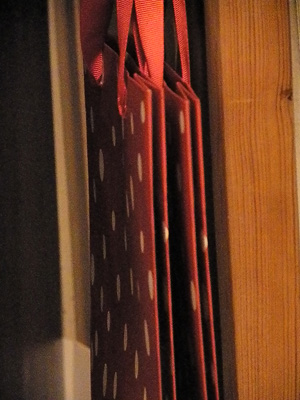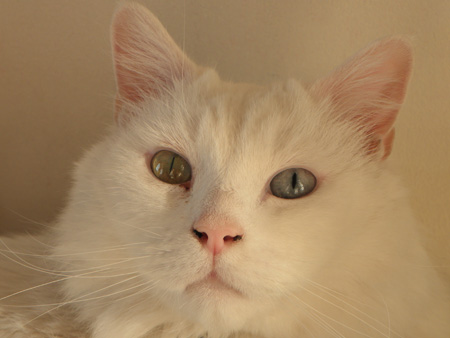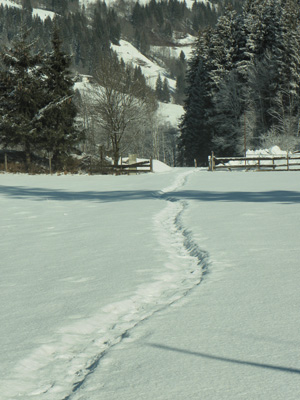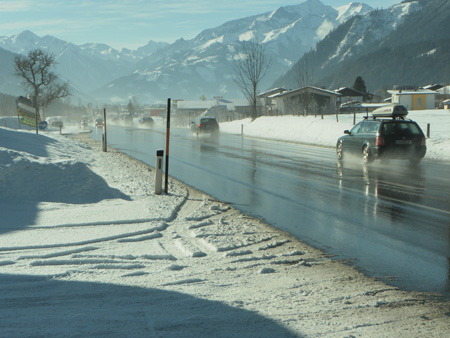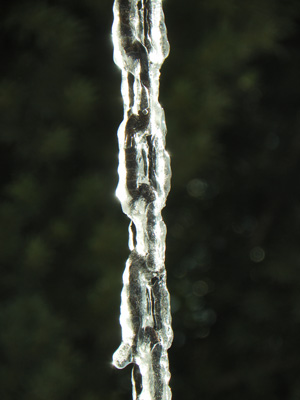Original URL: https://www.theregister.com/2010/03/26/review_camera_samsung_wb5000/
Samsung WB5000
A 24x superzoom that goes the distance?
Posted in Personal Tech, 26th March 2010 12:02 GMT
Review In the world of the serious superzoom bridge cameras, Samsung’s WB5000 is currently the company’s only fully-loaded model. It sports an 24x f/2.8–5.0 zoom lens, a 12Mp sensor with with RAW mode shooting and 720p HD video recording. It also features dual optical and digital image stabilisation, two user-defined shooting modes and the classic aperture, speed priority or full manual mode.
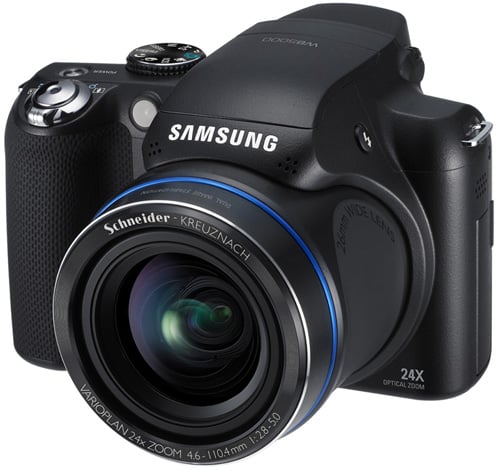
A long shot? Samsung's WB5000
At a glance, the specs are quite impressive but the WB5000 has to compete against some excellent rivals like the Panasonic FZ38, Nikon P100 or the Canon SX20 IS, all with similar price tags at £300, if you shop around.
At 116.1mm x 82.8mm x 91.1mm and weighing 398g without battery and card, the smooth plastic body of the WB5000 has a nice slimline look compared to other superzooms. Although the camera appears well designed with an ergonomic rubberised front grip and a small thumb rest on the rear, it does not feel very sturdy and the lack of space on the left of the lens does not deliver balanced handling.
The operation of the command buttons and dials is nicely laid out and efficient. On the rear of the camera there are a number of useful and tactile dedicated buttons that include direct film recording and a function button that gives you easy access to all the main features of the camera like White Balance, Resolution, Image Stabilisation, Focusing and Drive Modes.
Unusual for this type of camera but very useful is the inclusion of Exposure Lock and Exposure Compensation direct commands. The Shooting Mode dial feels quite firm and responsive letting you select from Samsung’s rich range of shooting options: 11 scene modes; Smart Auto, a point and shoot alternative; Beauty Shot mode; Night mode; two user defined modes; Program; Aperture/Shutter Priority and Manual mode.
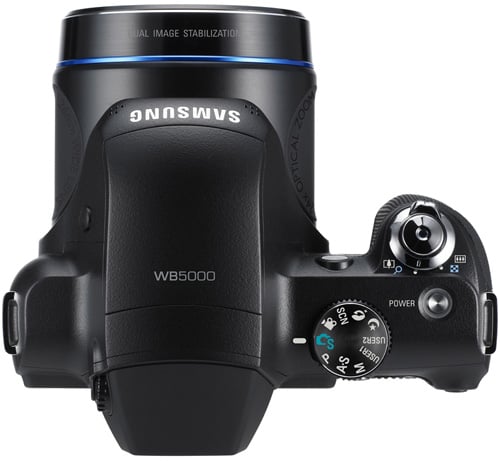
Two user modes and manual operation allow for customised shooting
In full and semi manual modes the WB5000 gives you a broader than average choice of shutter speeds between 1/2000th of a second and 16 seconds. The menu is clear and logically organised with the added bonus of explanatory text appearing next to each setting’s icon to briefly highlight its main use.
The WB5000’s 3in LCD panel has a resolution of only 230,000 pixels, which makes for a less crisp viewing than the high-res screens mounted on its main competitors. To compensate for this, Samsung provides an electronic viewfinder with dioptre control and plenty of shooting information available at the touch of a button. Ingeniously, the WB5000 lets you use the viewfinder also for browsing and reviewing your shots, a very helpful alternative to the LCD screen in bright sunshine.
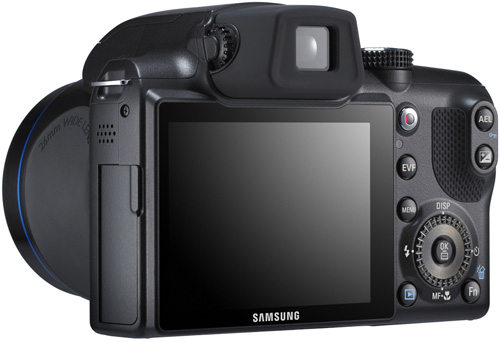
A separate viewfinder complements the LCD framing alternative
The superzoom lens, the most powerful and versatile ever mounted on a Samsung compact, should be the big winner here, but it is not entirely convincing. It’s a slim built Schneider Kreuznach 4.6 - 110.4mm (26 - 624mm equivalent. Across its 24x magnification, the lens has a good response, travels rapidly to full extension and feels robust and stable in the hand.
Although more versatile than most compacts’ zooms, the optical build of this lens is nothing more than average. Delivering decent results in middle and telephoto range it does suffer from visible barrel distortion at wide-angle length and quite a significant amount of chromatic aberration in high contrast scenes.
At maximum extension the lens is not perfectly sharp but does gets much better when Samsung’s Dual Image Stabilisation is activated. The feature works pretty well distinctively improving camera shake at slower shutter speeds. The zoom lever, located around the shutter button, is responsive but not very smooth. On the plus side the Macro function is quite remarkable with the Super Macro option allowing you to focus as close as 1 cm from the subject.
Both the ISO range – 64 to 1600 at full resolution and 3200 to 6400 at reduced resolution – and shutter speed selection offer plenty of flexibility for action and low light photography, at least on paper. It is refreshing to see Samsung including ISO settings as low as 64 in a market often concentrated on reaching silly scales of higher sensitivity and forgetting the creative possibilities offered by lower speeds.
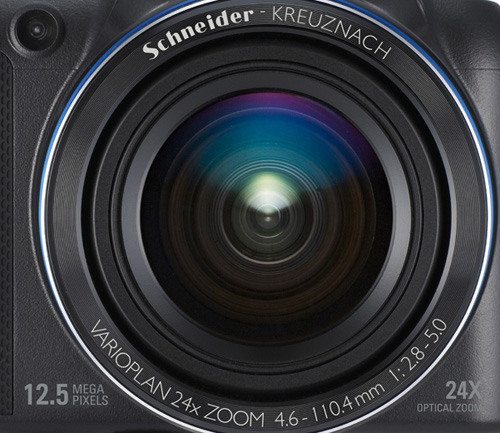
An impressive focal range, but not without imperfections and distortions
On the other end of the scale, however, Samsung has to resort to capping the resolution for the highest speeds – dropping to 5Mp at 3200 ISO and 3Mp at 6400 ISO – to improve an overall poor noise performance. Even at lower speeds images are not noise-free. Pixellation starts to appear at 200 ISO and becomes increasingly worse from 400 ISO onwards – not the ideal choice for night photography. Aside from noise, chromatic reproduction is not consistent across the whole ISO range and colours change visibly and unpredictably at higher settings.
Sample Shots
Sample Shots and Video
Sample Shots
Sample Shots
ISO Tests
The WB5000 performs better when it comes to metering and auto exposure. Using a multi metering system that works out the correct exposure by averaging readings from multiple portions of the frame, the WB5000 delivers images for the most part correctly exposed even in difficult light conditions. Particularly clever is Samsung’s spot meter, as it takes the light reading from the focus frame area, rather than the centre, from wherever you select the focus frame to be.
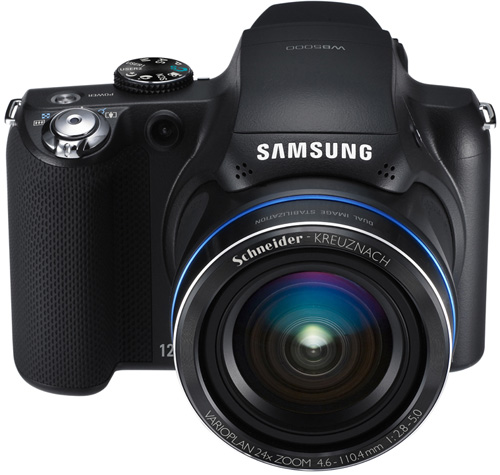
White balance issues revealed themselves in snowy scenes and with artificial light
In challenging lighting, when spot-on exposure cannot be achieved, the camera has a tendency to over-expose rather than under-expose, like many other models. I personally quite like the WB5000’s high-key approach, especially since it manages to brighten up the scene without burning out highlights. To help obtain correct exposure in high contrast situations the WB5000 provides a Dynamic Range booster that comes in two strength levels. The first level is mild but nicely lifts the shadows while still looking natural. The stronger setting instead seems to reduce the overall contrast to such an extent that the picture becomes unrealistically flat.
White Balance was, by and large, accurate in daylight scenes, but it found artificial lighting difficult to cope with. In general, image quality was good, but colour reproduction was not always true. In snow scene mode for example I had trouble getting the snow to actually look white since a blue/green cast kept creeping in.
The WB5000 was surprisingly fast to start up, focus, evaluate exposure and commit images to memory in JPEG format, but it became painfully slow when handling RAW files. Continuous shooting was also not a strong point. In standard continuous mode, the camera starts off by taking about 1 frame per second but it progressively slows down after the initial shots to an even slower pace. Using High continuous mode instead, the WB5000 can shoot up to 5.5fps, albeit at the reduced resolution of 3Mp and at the expense of processing time that increases to a whopping 30 seconds.
The Auto Focusing system performed quite well, offering relative fast action and accurate focusing, even in low light. It has four different modes to suit a variety of scenarios: Centre AF; Multi AF; Tracking AF, for moving subjects and Selection AF, for a fine tuned multifocus planes that lets you select up to 35 focus points on a grid on the centre of the frame.
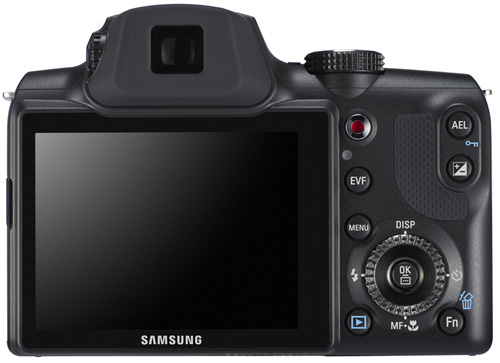
RAW image capture is a nice touch, but impacts upon the performance speed when shooting
Samsung gives a nod to professional photographers by supplying the WB5000 with RAW shooting ability, but its implementation is well below professional standards. Besides the unreasonable slow processing time of approximately 10 seconds, choosing to shoot in RAW format also limits the ISO range available to 64 to 400 only, and the already limping continuous shooting facility.
Samsung is big in smart technology and user-friendly features and the WB5000 takes full advantage of this. It features Face Detection, a tool that automatically detects a face in the frame and adjusts focus and exposure for optimal portraiture. Face Recognition prioritises a familiar faces over unfamiliar ones when selecting the focus frame and metering area; and there are other intelligent auto settings like the Blink Detection and Smile Mode that help the user take the perfect conventional portrait.
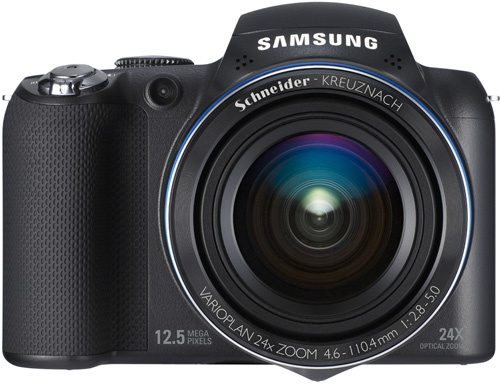
An interesting combination of features, but delivers mixed results
Another aid to portraiture is the Beauty Shot Mode that uses in-camera effects to soften signs of age and skin imperfections. During tests, I was pleasantly surprised by the results, with Beauty Shot delivering smooth and bright portraits that truly enhanced skin appearance. The WB5000 also has a sophisticated file management system, Smart Album, which organises images according to date, colour, subject and file type for easy and rational browsing.
The video mode of the WB5000 is pretty comprehensive presenting three different resolution choices according to the final destination use of the footage: HD at 1280 x 720 pixels for TV viewing and 640 x 480 and 320 x 240 for Internet uploading. Frame rate in HD mode is 30 fps but you also have a 15fps or a 60 fps option. More importantly the WB5000 allows the full use of its optical zoom while shooting, enabling more resourceful and adaptable filmmaking. Stereo audio recording is an additional benefit that makes the sound reproduction of this camera really a lot fuller and more nuanced than the mono option featured in most compacts.
Another simple but effective device is the red button giving you direct access to video capture in very much the same way a camcorder start/stop button would. The WB5000 also includes a HDMI port to connect the camera to an HDTV. The WB5000 uses a rechargeable Li-ion battery that has a very decent life span of around 300 shots per charge and SD/SDHC memory cards for storage, but if you run out of space and need to take just a few extra shots you can save them directly onto the 40MB internal memory.
Verdict
In typical Samsung style, the WB5000 is packed with intelligent user-friendly features and impressive specifications. Unfortunately, the image quality and general performance of this new model are disappointing. Samsung is trying to appeal to both complete beginners and more seasoned photographers by putting together a mix of clever technology and manual control, but in this case the final product does not measure up to the competition.
If you need an all-rounder with a broader than average superzoom this could be a sensible camera choice, but if you are at all serious about photography, the WB5000 simply won’t do. Personally, I’d love to see Samsung being less prolific in camera releases and pay more attention to what cameras are ultimately all about: pictures. ®
Catherine Monfils is a professional photographer specialising in portraiture, lifestyle and fashion.
More Camera Reviews...

Canon Powershot G11 |

Panasonic Lumix DMC-GH1 |

Sony Cybershot DSC-HX1 |

Nikon Coolpix P90 |
